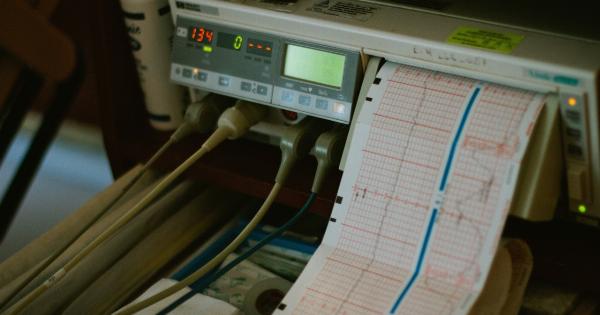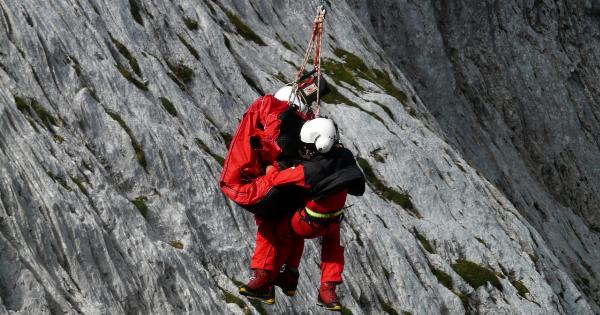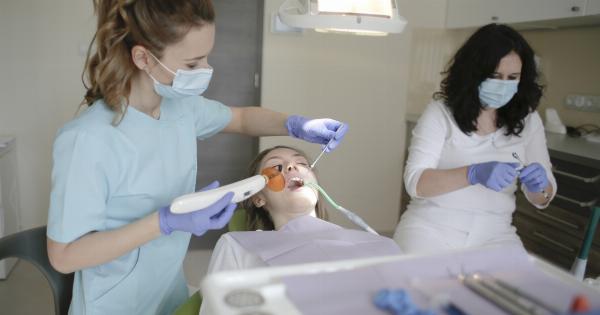The emergence of the Omicron variant of COVID-19 has prompted countries worldwide to tighten their quarantine rules to contain the spread of the virus.
One of the measures implemented is the 5-day quarantine rule, which has sparked debate among experts and the general public. This article will delve into the science behind the 5-day quarantine for Omicron and what makes it a potentially effective strategy in curbing the spread of the virus.
What is the Omicron variant of COVID-19?
Omicron is a highly infectious variant of COVID-19 first identified in South Africa in November 2021.
The World Health Organization (WHO) has designated Omicron a “variant of concern” due to its high number of mutations in the spike protein, which allows the virus to enter human cells and cause infection. These mutations raise concerns about the potential for the virus to evade vaccine-induced immunity and cause severe disease.
What is a quarantine, and why is it essential?
A quarantine is a measure aimed at separating and restricting the movement of people who may have been exposed to an infectious disease to reduce the risk of transmission.
Quarantine can prevent or slow down the spread of a virus, allowing time for testing, tracing, and treatment to be carried out, which can ultimately save lives. Quarantine is considered an essential public health intervention and has been used in epidemics such as Ebola, SARS, and COVID-19.
How long should a quarantine last?
The recommended length of quarantine for COVID-19 has varied across the globe, ranging from 7-14 days.
The Centers for Disease Control and Prevention (CDC) and the World Health Organization (WHO) have updated their quarantine guidelines to recommend a 5-day quarantine period for people who are fully vaccinated or have recovered from COVID-19 and test positive for Omicron. This guidance is based on current evidence, which suggests that people infected with Omicron have a shorter period of infectiousness, and virus levels in the respiratory tract may peak within the first few days after symptom onset.
What happens during a quarantine?
During a quarantine, people should remain in a designated location and avoid contact with others to prevent further transmission of the virus.
Quarantine guidelines usually recommend a separate, well-ventilated room with a dedicated bathroom, preferably with no shared spaces. The person should monitor themselves for symptoms and report any new symptoms to the local health authorities for guidance and testing. In some cases, people may be required to undergo additional testing before ending the quarantine period.
Why was the 5-day quarantine period chosen?
The 5-day quarantine period for Omicron was chosen based on the available data on the transmission and infectiousness of the variant.
Studies have shown that people infected with Omicron have a shorter infectious period, with a higher viral load, which suggests that they might be more contagious than previous COVID-19 variants. The 5-day quarantine period aims to minimize the potential for transmission from infected individuals while balancing the need to prevent unnecessary disruptions to daily life.
What are the benefits of a 5-day quarantine period for Omicron?
The 5-day quarantine period for Omicron offers several advantages over a more extended quarantine period. First, it allows those who test positive for Omicron to isolate themselves earlier, minimizing the potential for further transmission.
Second, it decreases the burden on healthcare systems and hospitals, which are already overwhelmed due to the ongoing pandemic. Third, it helps to alleviate the economic burden on individuals and businesses that might have been affected by the longer quarantine period.
What are the risks of a 5-day quarantine period for Omicron?
Some have expressed concerns that a 5-day quarantine period might not be long enough to prevent transmission of the virus fully. Others worry that it might lead to more cases of COVID-19, particularly in places with low vaccination rates.
However, the 5-day quarantine period was selected based on the best available data and is continually being reviewed and updated as more information becomes available. It is important to balance the need to contain the spread of Omicron with the need to minimize disruptions to daily life and economic activity.
Conclusion
The 5-day quarantine period for Omicron is based on the best available evidence on the transmission and infectiousness of the variant.
While the measure poses challenges, it is essential to contain the spread of the virus and allow for timely testing, tracing, and treatment. Individuals and organizations must collaborate and comply with quarantine guidelines to prevent further transmission of the virus and ultimately protect public health.






























